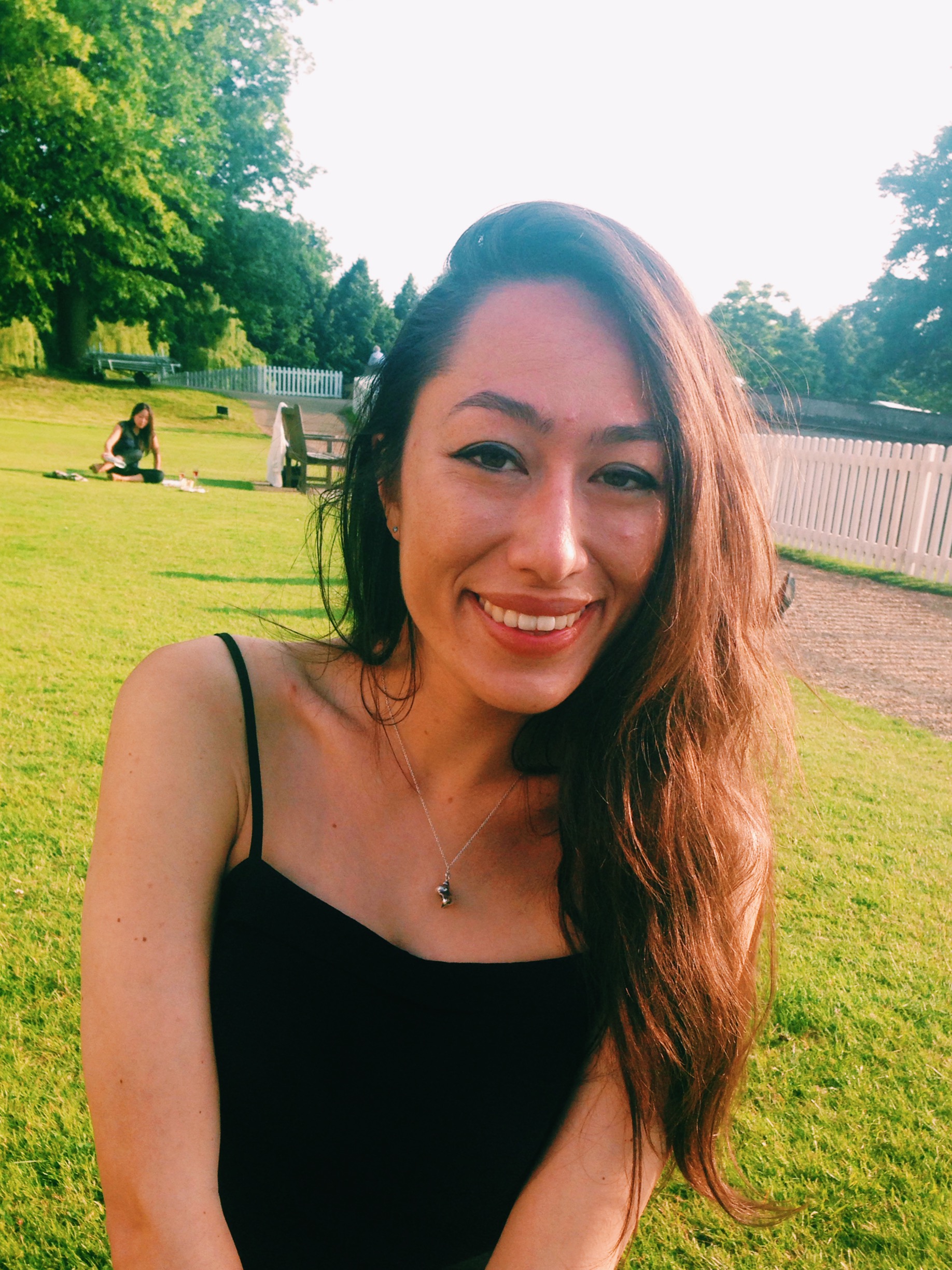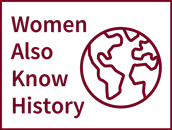Participant Info
- First Name
- Ellie
- Last Name
- Chan
- Country
- United Kingdom
- State
- Eleanor.chan@manchester.ac.uk
- Affiliation
- University of Manchester
- Website URL
- https://www.research.manchester.ac.uk/portal/eleanor.chan.html
- Keywords
- History of Music, Musical-Visual Culture, Renaissance Musical Culture, Renaissance Visual Culture, Mathematical Visual Culture
- Availability
- Media Contact
- Additional Contact Information
- PhD
- PhD
Personal Info
- Photo

- About Me
My research focuses on musical-visual culture, particularly the interaction between word, image and notation in early modern Europe. Where does a mark cease to be musical ‘writing’, and become paratext or ornament? How, in particular, should we approach the question of musical writing in the case of false relations, which so often were not written out but merely implied by the structure of the music? How do we read this information, and what constituted its visual signals?
These questions grew out of my doctoral dissertation on the development of a systematic visual language of mathematics in England and the Low Countries around the turn of the seventeenth century (forthcoming as Mathematics and the Craft of Thought in the Anglo-Dutch Renaissance with Routledge). Towards the end of the sixteenth century, mathematics was frequently conceptualized as a tool for artisans: its texts and notations are littered with craft metaphors, and visual quotations of craft motifs. As a result the mathematical system we have inherited today can be read as a tantalising trace of the meeting of the intellectual and material culture of the period. The project raised exciting possibilities in the topic of literacy and visuality in related disciplines, not least the mathematical sub-discipline of music.
My current project explores false relations using the methodology I developed during my PhD and refined during my previous postdoctoral work. False relations disrupt everything that we know about early modern musical culture. They were a distinctive element of the early modern vocal part song. They enjoyed widespread currency from the late fifteenth century until the mid-seventeenth, even while they were forbidden by the rules of concordance prescribed in contemporary musical theoretical treatises. My project is a holistic investigation of the phenomenon, and aims to locate theoretical understandings of false relations with wider visual, symbolic and cultural milieu. It explores printed and manuscript sources of early modern music, alongside accounts of falseness, incongruity and error in the musical treatises, rhetorical treatises and art theory of the period in order to move towards an understanding of what false relations meant to performers, listeners, readers and composers in the early modern era.
- Recent Publications
Mathematics and the Craft of Thought in the Anglo-Dutch Renaissance, (Routledge, forthcoming 2021).
‘The ‘English’ Cadence: Reading an Early Modern English Trope’, in Early Music, 49:2, (2021)
‘What We Mean When We Talk About Style: The ‘Redolent’ Eglantine Table (c. 1568)’, in Word & Image, 36:3, (2020), 248-260.
‘The Vital Breath: Mathematical Visualizations in England and the Low Countries c. 1600’, in Ad Vivum? : Visual Materials and the Vocabulary of Life-Likeness in Europe before 1800. Balfe, T., Woodall, J. & Zittel, C. (eds.), (Leiden: Brill, 2019), 247-271.
‘Fantasia on a Harpsichord Case: The Allegorische Voorstelling of Pieter Isaacsz of c. 1604’, in Renaissance Studies, 33:3, (2019), 417-440.
‘Beautiful Surfaces: Style and Substance in Florentius Schuyl’s Illustrations for Descartes’ Treatise on Man‘, in Nuncius, 31:3 (2016).
- Media Coverage
- '
- Social Media
- @afalserelation
- Country Focus
- Expertise by Geography
- British Isles, England, France, Netherlands, United Kingdom
- Expertise by Chronology
- Pre-17th century, 17th century, Early Modern
- Expertise by Topic
- Art & Architectural History, Material Culture


